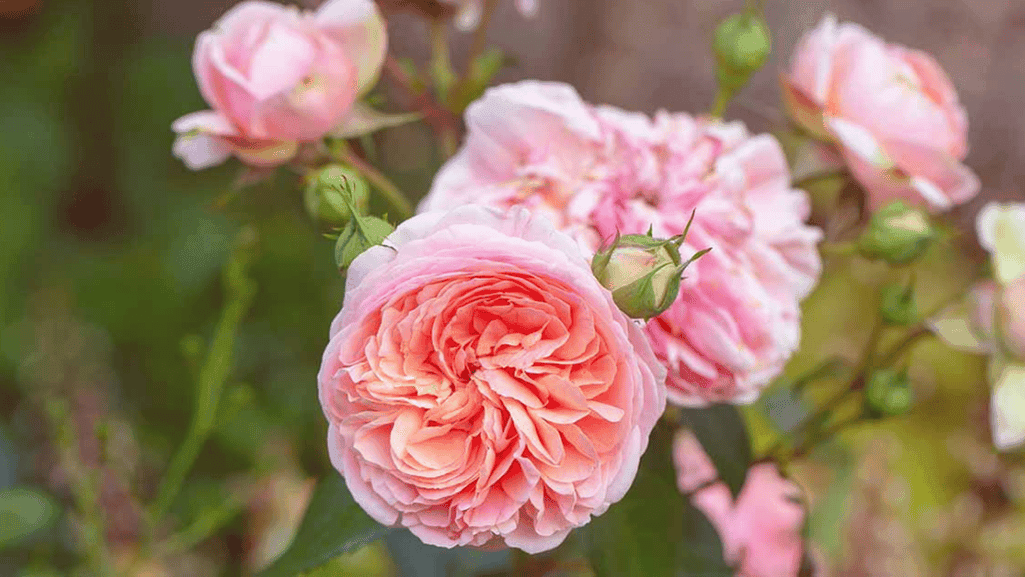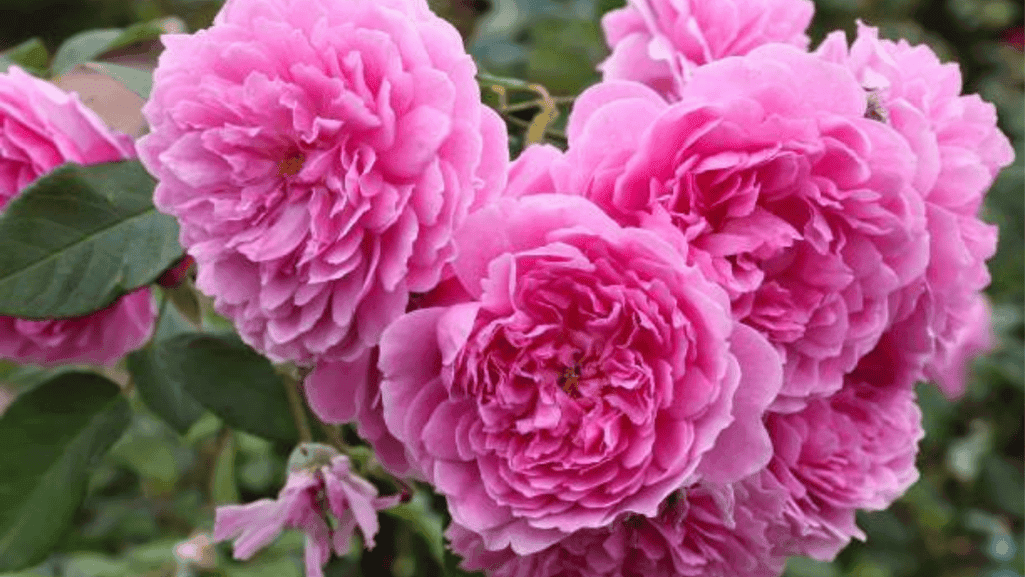
Beautiful flowers gardenia Plants For Your homes

Wondering how to grow and care for English roses? Known for their beautiful flowers and pleasant scents, English roses are a favorite for many gardeners. In this guide, you’ll learn how to choose the best location, plant them correctly, and maintain their health and beauty.
Choosing the right location with ample sunlight is essential for thriving English roses, ideally near walkways or seating areas.
Proper planting techniques and soil care, including well-drained soil and strategic fertilization, set the foundation for healthy rose growth.
Regular pruning and winter protection are crucial practices that ensure the longevity and vibrancy of English roses throughout the seasons.

The success of your English roses starts with selecting the best location. Ideal spots include areas along walkways and near seating areas where they receive plenty of sunlight. These spots not only highlight the beauty of your roses but also let you enjoy their fragrance up close.
Avoid planting English roses where they will compete with the roots of nearby trees or shrubs, as this can hinder their growth. Choosing the right location ensures your roses’ health and blooming potential, rewarding you with lush, vibrant blooms.

Planting English roses successfully depends on timing and technique. For bare-root roses, plant them 12 to 18 inches deep, ensuring the bud union is buried 2 to 3 inches deep in colder regions. This protects them from harsh weather and encourages strong root development.
Meanwhile, potted roses should be planted by digging a hole twice as wide as the pot and slightly deeper, spreading the roots evenly around the hole. Ensure the soil is well-drained to prevent root rot, and space your plants at least 3 feet apart.
Planting should be done after the last frost in spring or six weeks before the first frost in fall. Following these steps sets a solid foundation for your roses to thrive and bloom beautifully.
Several practices are key to ensuring the health and beauty of English roses. From sunlight and watering needs to soil conditions and pruning techniques, each aspect plays a crucial role in nurturing these beloved plants.
English roses need plenty of sunlight to produce their maximum blooms. Aim for at least 6-8 hours of direct sunlight each day. This helps the flowers flourish and keeps the foliage healthy and vibrant. Deep watering once a week is also recommended to maintain their health.
When watering, avoid getting the leaves and buds wet to prevent fungal diseases. Optimal growth of your English roses depends on proper sunlight and watering practices.
The soil quality significantly impacts the growth of English roses. They thrive in well-drained soil with a pH level between 6.0 and 6.8. Granular fertilizer at the start of the season and after the first bloom provides the necessary nutrients.
To enhance soil fertility, mix in organic compost and manure. This improves soil structure and offers a slow-release source of nutrients, ensuring consistent nourishment throughout the growing season.
Pruning maintains the shape and health of your English roses. The best time to prune is in late winter, just before new growth begins. This prepares the plant for the growing season and encourages robust blooming.
After the initial wave of blossoms, a second pruning can speed up the growth of new flowers. Regular pruning improves air circulation, reducing disease risks and promoting overall plant health.

Though winter can be harsh, proper protection helps English roses survive and thrive. Build a mound of soil, compost, and leaves over the base of the plants to protect them from freezing temperatures. This mound should be about 10-12 inches high.
Once the soil mound has frozen, add additional insulation like straw, hardwood leaves, or evergreen boughs. Ventilated styrofoam cones can offer extra protection, but place them after the plants are fully dormant to avoid disrupting dormancy.
English roses are susceptible to various pests and diseases. Aphids, Japanese beetles, mites, thrips, scale, rose leafhoppers, and slugs are common pests. These pests can affect various plants and crops. During the summer, spider mites and scale can be particularly problematic.
Prevent fungal diseases like black spots and powdery mildew by choosing a site with good air circulation. Inspect your plants regularly and take action at the first sign of trouble. Natural predators like ladybugs can help control aphid populations, and horticultural oils are effective against scale insects.

English roses, also known as David Austin Roses, are renowned for their stunning blooms, strong fragrance, and ease of growth as a flower. They come in a variety of colors, from soft pinks to vibrant corals and yellows.
These roses are suitable for growing in hardiness zones 5-9 and can rebloom throughout the season.
The ‘Gertrude Jekyll’ rose is cherished for its rich magenta blooms and strong antique rose fragrance. Growing 5-6 feet tall and capable of climbing up to 10 feet, it thrives in zones 5-9.
‘Graham Thomas’ is a favorite for its peachy-yellow flowers and antique rose scent. It can grow up to 12 feet tall as a climber and is suitable for hardiness zones 4-9.
Heritage roses are known for their large blooms and fragrant profile blending notes of fruit and honey. They are suitable for growing in climate zones 5-9.
Propagating English roses is a rewarding way to expand your garden. Begin by taking cuttings from healthy stems, 4 to 8 inches long, with three to five nodes. Slice the bottom end of the cutting vertically to stimulate root growth.
Place the cuttings in well-draining soil and cover them with a clear humidity dome or plastic to retain moisture and promote rooting. Keep them in a location with indirect light until they develop roots.

Designing a rose garden with English roses can create a stunning and fragrant landscape. These roses combine the aesthetics of traditional garden roses with the ability to bloom repeatedly throughout the growing season. David Austin® Roses are known for their low upkeep requirements.
Consider companion plants like lavender and salvia, which enhance visual appeal and attract beneficial insects. Avoid invasive species or plants with extensive root systems that compete with roses for water and nutrients.
Growing English roses in containers allows you to enjoy their beauty even in limited space. Select a container that offers ample space for root growth and retains moisture. High-quality potting soil mixed with compost provides necessary nutrients.
Frequent watering is crucial, especially in warm weather, to prevent the soil from drying out completely. Organic rose fertilizer in early spring and after the initial bloom will stimulate growth and maintain plant health.
In summary, growing and caring for English roses involves selecting the right location, proper planting techniques, and regular care practices. With the right attention to sunlight, watering, soil conditions, and protection against pests and winter weather, your English roses will reward you with stunning blooms and enchanting fragrances.
Start your journey with English roses today and transform your garden into a beautiful, fragrant sanctuary. The joy and satisfaction of watching these roses flourish will be worth every effort.
The best time to plant bare root roses is early spring, as this allows them to establish well and thrive in the growing season. Planting them soon after purchase ensures they get a strong start!
Water your English roses deeply once a week to keep them thriving and healthy! This routine will ensure they receive the moisture they need.
The ideal soil pH for English roses is between 6.0 and 6.8, ensuring they thrive beautifully in your garden!
Protecting your roses from pests is achievable through regular inspections and the introduction of natural predators like ladybugs. This approach not only keeps your plants healthy but also maintains a beautiful garden ecosystem!
Lavender and salvia are excellent companion plants for English roses, as they not only beautify the garden but also attract beneficial insects. Planting them together will create a thriving and harmonious garden space!




